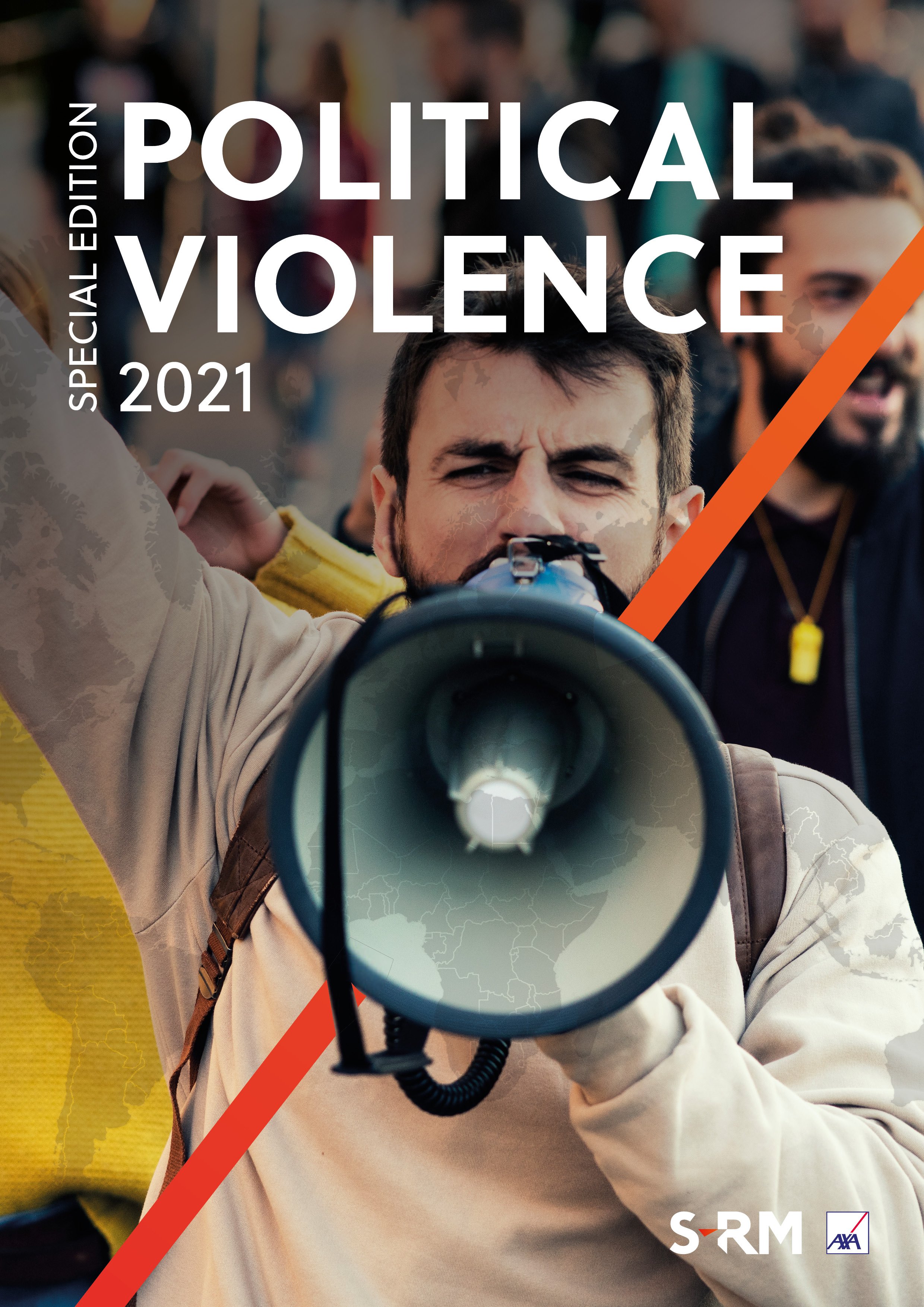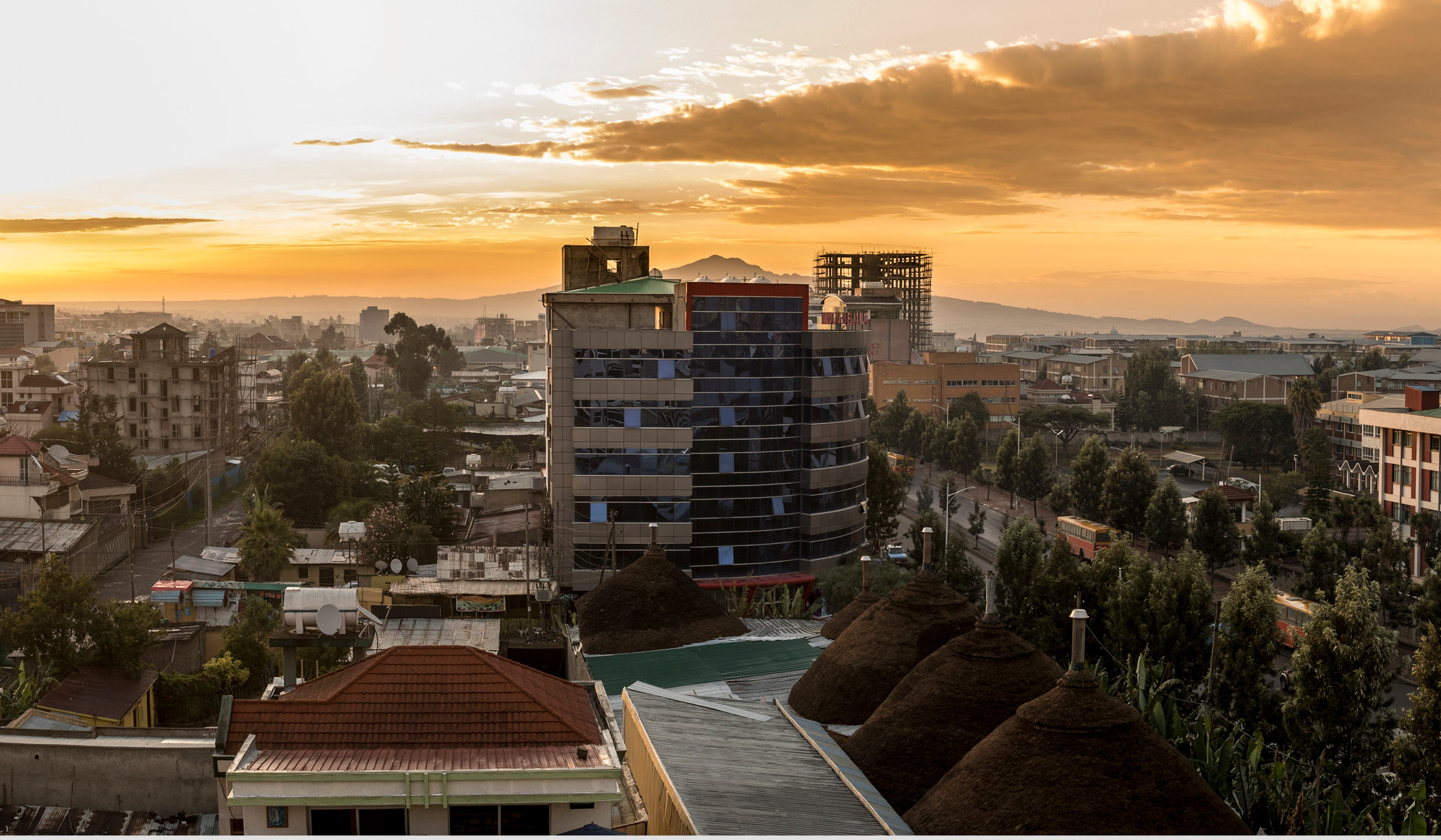Ongoing anti-government protests across Asia are likely to persist and potentially intensify in 2021 as the authorities struggle to satisfy the protesters’ demands, especially amid the lingering impact of the Covid-19 pandemic, writes Saif Islam.
2020 saw a series of anti-government protests break out across the Asia Pacific region, particularly in South and Southeast Asia. These demonstrations have been varyingly driven by emerging political, ideological, and socio-economic grievances, but are also rooted in longstanding and deep-seated polarisation along these lines. Grievances have been exacerbated by the COVID-19 pandemic and its effect on public health, the negative economic impact of restrictions to contain the virus, and a major slump in global trade that regional economies are heavily reliant on. As economies struggle to return to pre-COVID-19 levels and popular disgruntlement persists, we expect widespread anti-government sentiment and related popular mobilisation to continue in 2021. In turn, most democratic governments will remain in a precarious position and are likely to have a carrot and stick approach to protests: acceding to some demands, while clamping down on protest excesses.
“While protests and demonstrations have been driven by wide-ranging and deep-seated localised grievances, the common theme running through them is opposition to government policies and performance.”
Protests across the region
While protests and demonstrations have been driven by wide-ranging and deep-seated localised grievances, the common theme running through them is opposition to government policies and performance. In some cases, such as Thailand and Pakistan, activists are pushing for the government’s resignation. In Thailand, protesters are demanding the prime minister’s resignation, reforms of the the monarchy –and its vast wealth and influence – which is unprecedented. Protesters are directly criticising the monarchy and its vast wealth and influence, which is unprecedented in Thai political history. The protesters’ bold demands, and the ruling elites’ opposition to major reforms, will sustain tensions over the coming year. Similarly, in Pakistan, opposition protesters united under the Pakistan Democratic Movement (PDM) coalition have organising large demonstrations calling for resignation of Prime Minister Imran Khan. They have several allegations against him, including mismanaging the economy and putting political pressure on the judiciary. As Pakistan’s economic malaise persists, these demonstrations are likely to intensify in 2021.
In other cases, such as Indonesia and India, protesters have primarily focused on challenging unpopular government policies, as opposed to trying to remove incumbents. In Indonesia, the government’s controversial labour reforms sparked large demonstrations and clashes between protesters and security forces in many parts of the country. We foresee these grievances to intensify in 2021, as the authorities’ COVID-19 relief efforts fail to satisfy large sections of the population. In India, there have been large protests against controversial agricultural reforms since October, which saw tens of thousands of farmers blocking major highways and railways to put pressure on the government. There were also protests against the Citizenship Amendment Act (CAA) and the government’s handling of the pandemic earlier in the year. Furthermore, the Hindu nationalism of the ruling Bharatiya Janata Party (BJP) has heightened communal tensions, which are likely to exacerbate if ongoing socio-economic pressures continue.
In some countries widespread protests have not materialised, but conditions are in place for future unrest. For example, there is growing anti-government sentiment and occasional demonstrations over the government’s handling of the pandemic, lack of adequate economic relief, and alleged human rights violations by security forces, in the Philippines. In neighbouring Malaysia, media reports indicate increasing popular frustrations, especially among the youth, with the ongoing political crisis that started in February, which could spark protests in future.
Collaboration across geographical boundaries
As anti-government demonstrations continue across the region, so does online collaboration between activists. The most prominent example of this is the ‘Milk Tea Alliance’, an online solidarity movement bringing together activists and protesters from Hong Kong, Taiwan, and Thailand. They are not only advocating for each other’s causes online and in the streets, but also discussing and sharing various protest tactics. For example, protesters in Thailand have adopted the ‘be water’ tactic of Hong Kong demonstrators, which relies on mobile forms of protest to make it difficult for the police to predict their movements. Similar to Hong Kong, Thai activists have established a leaderless and decentralised protest movement, with many demonstrators using hard hats and umbrellas to protect themselves from police. And in early 2020 and late 2019, Taiwanese activists sent protest equipment, such as gas masks, to protesters in Hong Kong. There are limits to the extent protesters in one country can help the cause of protesters in another country, and commentators sometimes exaggerate the benefits of such collaboration. Nevertheless, transnational solidarity and exchange of ideas can make protest campaigns more effective, and this is why such alliances are only likely to expand in future.
Impact of protests
The protests have increased uncertainty among investors and operators and are likely to further delay economic recovery. Beside the more immediate impact in many places of blocked roads and traffic disruptions, the economic costs are also beginning to tell. According to some estimates, almost three weeks of protests and strikes between late November and mid-December resulted in losses of more than USD 600 million for the economies of New Delhi and surrounding states. In Thailand, investor confidence in the country’s financial markets dropped to a seven-month low in October amid the protests, with many investors selling off Thai stocks and bonds. The country already suffered a record USD 9.3 billion in equity outflows in 2020 as the pandemic crippled its tourism-dependent economy, and the sight of protests further unnerved investors. These investors are likely to put their money in more stable neighbouring economies, which was also the case during the 2013-2014 Thai political crisis.
Government response and outlookWhile political dynamics vary from country to country, most governments have responded to protests in a measured way. In some instances, they have allowed for gatherings to continue. They are striking a balance between allowing activists to express their grievances and demands but offering limited reforms or compromises in return. This has largely been the case in Thailand and India, for example, in recent months. Political leaders have been careful to not agitate protesters further knowing there is considerable popular disgruntlement that could unleash more unrest. Security forces have also occasionally used force, especially when protests turned unruly, or simply to break protesters’ momentum. In places such as Indonesia and Pakistan, police have violently dispersed protesters for breaching COVID-19 social distancing rules. Regardless of how the authorities respond to anti-government protests, as economies struggle to return to pre-pandemic levels and widespread political and socio-economic grievances persist, they will have limited tools available to prevent further unrest in 2021. |




 Email Saif
Email Saif





 @SRMInform
@SRMInform
 S-RM
S-RM
 hello@s-rminform.com
hello@s-rminform.com

